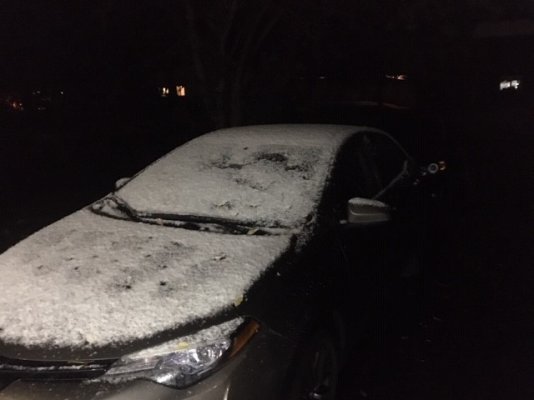steelmooch
Well-known member
- Joined
- Aug 5, 2010
- Posts
- 280
Hello, all...and thanks for your time and consideration. 
Though we've been travel trailer camping for 4 years now and been fortunate enough to log some healthy miles for weekend warriors/park-timers...this is our first time really "winterizing" for the northeast winter. For reference, we're set to winterize a 2019 Winnebago Minnie travel trailer.
(We used a temp-controlled, underground limestone mine up until now.)
I have the fancy city water plug adapter, and I'll be using a 20V DeWalt air inflator (with max PSI setting) to attempt my water line blow-out.
I'm seeing different "sequence" suggestions online, and I don't know if it's a preference thing...or actually important...to do it one way or the other.
I've seen it suggested that I open up the water tank heater on the outside of the camper first, and let it drain/drip until empty. Then get the compressor going, and it should push even more water out of the hot water tank via the outside plug. Then close up the water heater and pressurize/do the rest of the lines, before finally removing the hot water tank plug and leaving it off for the winter.
I've also seen it suggested that I should NOT do anything with the hot water tank until all of the other water lines are blown clear. Does this suggest that the water heater is the "low" point, and that water from the sink/shower lines would reflux back into the water heater if it's vacated first?
Not sure if this matters or not...any recommendations greatly appreciated...especially if it helps me to understand why I'm doing what I'm doing.
Though we've been travel trailer camping for 4 years now and been fortunate enough to log some healthy miles for weekend warriors/park-timers...this is our first time really "winterizing" for the northeast winter. For reference, we're set to winterize a 2019 Winnebago Minnie travel trailer.
(We used a temp-controlled, underground limestone mine up until now.)
I have the fancy city water plug adapter, and I'll be using a 20V DeWalt air inflator (with max PSI setting) to attempt my water line blow-out.
I'm seeing different "sequence" suggestions online, and I don't know if it's a preference thing...or actually important...to do it one way or the other.
I've seen it suggested that I open up the water tank heater on the outside of the camper first, and let it drain/drip until empty. Then get the compressor going, and it should push even more water out of the hot water tank via the outside plug. Then close up the water heater and pressurize/do the rest of the lines, before finally removing the hot water tank plug and leaving it off for the winter.
I've also seen it suggested that I should NOT do anything with the hot water tank until all of the other water lines are blown clear. Does this suggest that the water heater is the "low" point, and that water from the sink/shower lines would reflux back into the water heater if it's vacated first?
Not sure if this matters or not...any recommendations greatly appreciated...especially if it helps me to understand why I'm doing what I'm doing.

